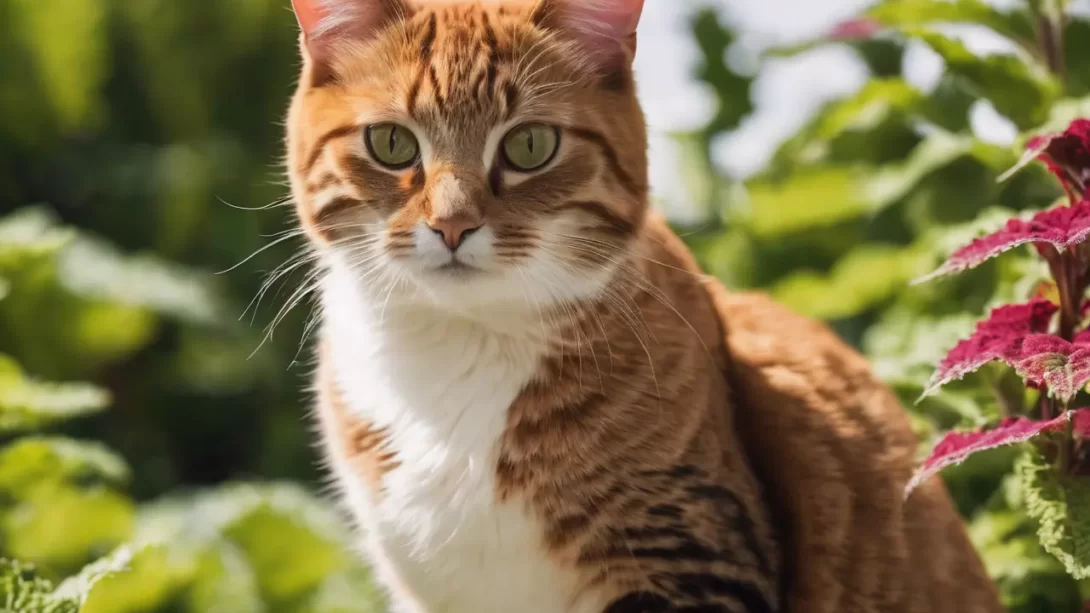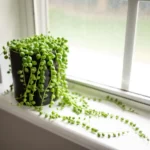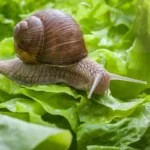Coleus, a vibrant and popular plant, is a common feature in many gardens and homes. However, for cat owners, it’s crucial to be aware of the potential risks certain plants pose to their feline companions. Understanding the toxicity of coleus to cats is essential for creating a safe environment for your pets.
What is Coleus?
Coleus, scientifically known as Coleus scutellarioides, is admired for its colorful foliage and easy care. Originating from Southeast Asia and Australia, this plant has a wide variety of species and hybrids, known for their unique and vivid leaf patterns. While coleus adds aesthetic value to gardens and indoor spaces, it’s important for cat owners to recognize the potential hazards it poses to their pets.
Coleus and Cats: Understanding the Toxicity
Coleus contains certain compounds that can be toxic to cats if ingested. The primary concern with coleus is its essential oils and other compounds which, while giving the plant its distinctive smell and taste, can cause harm to cats. Ingestion of these leaves, even in small quantities, can lead to symptoms of toxicity in felines. Cat owners need to be aware of these risks and take necessary precautions if they have coleus plants in their home or garden.
Symptoms of Coleus Poisoning in Cats
If a cat ingests coleus, several symptoms may manifest, varying in severity depending on the amount consumed. Common signs include gastrointestinal upset, such as vomiting or diarrhea, and in some cases, more severe reactions like excessive drooling, pawing at the face, or difficulty breathing. Cats may also show signs of lethargy or appear disoriented. It’s critical for cat owners to be vigilant and recognize these symptoms early, as prompt veterinary care can make a significant difference in the outcome.
Preventing Coleus Poisoning in Cats
Prevention is key when it comes to protecting cats from the dangers of coleus. If you’re a cat owner who also enjoys gardening, consider these preventive measures:
- Place coleus plants in areas that are inaccessible to your cat, such as high shelves or behind closed doors.
- Educate all family members, especially children, about the risks of coleus to cats to ensure they don’t unknowingly expose the pet to the plant.
- Regularly inspect your garden for stray or fallen leaves from coleus plants that your cat might encounter.
First Aid and Treatment for Coleus Ingestion
In the event that your cat ingests coleus, immediate action is necessary. Firstly, remove any plant material from your cat’s mouth, and rinse their mouth gently with water. Do not induce vomiting unless specifically instructed by a veterinarian. Contact your vet immediately, providing details of the incident, including how much of the plant was ingested and the symptoms being displayed. Treatment will depend on the severity of the symptoms and may include supportive care, such as fluids, medication to control symptoms, and in some cases, hospitalization.
In the concluding section, we will explore cat-friendly alternatives to coleus for those who want to enjoy gardening without compromising the safety of their feline friends. We will also summarize the key points to remember for ensuring a safe coexistence of cats and plants in your home.
Alternatives to Coleus for Cat-Friendly Gardening
For cat owners who love gardening, there are many non-toxic plant alternatives that can safely coexist with pets. Consider plants like African violet, spider plant, or Boston fern, which are known for being non-toxic to cats. Herbs such as basil, thyme, and dill can also be safe options, offering both culinary uses and aesthetic appeal. Creating a cat-friendly garden not only ensures the safety of your pets but can also provide them with a stimulating and enjoyable environment.
Tips for Creating a Safe Garden Space for Cats
When designing a garden or choosing houseplants, always prioritize your cat’s safety:
- Research the toxicity of each plant before introducing it to your home or garden.
- Consider creating a separate area for your cat with plants that are safe and enjoyable for them to interact with.
- Regularly inspect your garden for plants that may have been brought in by wind or birds, which could be harmful to your pet.
Conclusion
The safety of coleus for cats is a significant concern for pet owners who also enjoy gardening. While the plant is not deadly, it can cause discomfort and health issues if ingested by cats. By recognizing the symptoms of poisoning, taking preventive measures, and considering safer plant alternatives, cat owners can ensure a harmonious and safe environment for their feline companions. Remember, the wellbeing of your pets should always be a top priority in your gardening choices.



